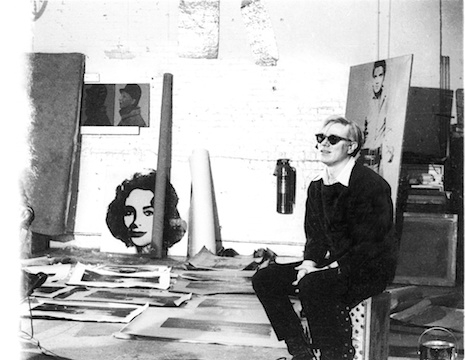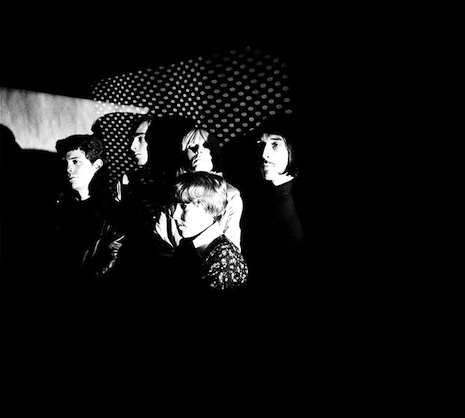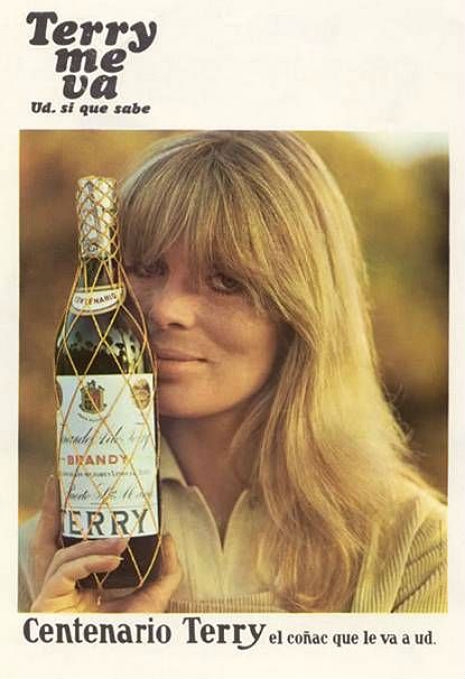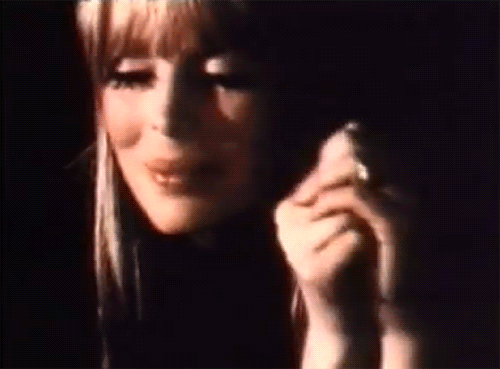
“I’m very interested in murder.”—Nico, 1970
Via an intense David Bowie fandom, and also from being an avid reader of CREEM magazine, I discovered the work of the Velvet Underground at a very young age, like ten or eleven. I bought one of their albums without ever hearing it, because I just knew it was going to be good. I had no trouble figuring out what the songs were about, the subject matter of “Venus in Furs” or “Waiting for the Man” was well understood by me. (I was not in the least an innocent child.) In the mid-1970s Velvet Underground albums were not difficult to come by in my backwater West Virginia hometown—unlike Iggy, whose albums had to be mail ordered—and post VU solo efforts from Lou Reed, Nico and John Cale could easily be found in the cut-out bins of white trash department stores, usually in the form of 8-track tapes. These sold for 99 cents!
One of these 99 cent 8-tracks that I picked up—which I still own—was Lou Reed’s Metal Machine Music. This inscrutable album presented me with a puzzle that I had to solve: Why do people like this? (Little did I know then that almost everyone hated it.) I played it endlessly AND ON HEADPHONES in an effort to figure out what it was. Eventually—I think—I did. The same could not be said of Nico’s The Marble Index. No matter how hard I tried—and I did try hard I promise you, I must’ve played it a hundred times at least—I simply could not wrap my brain around that album. In other words, ‘Metal Machine Music? Hey, no problem,’ but The Marble Index was just a bridge too far for my pre-teen mind. Obviously it’s not an album for everyone to begin with but especially not for a little kid who only the year before was listening to James Bond soundtracks and “Little Willy.” I finally gave up trying and never did get to the bottom of it.
The Marble Index flew completely over my head.
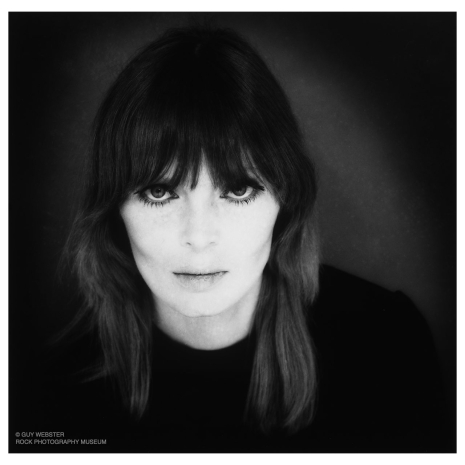
HOWEVER, when The Marble Index came out on CD in 1991, my fulsome familiarity with it some fifteen years earlier allowed me to “get it” instantly as an adult and from that moment on, I stand in utter awe at what I think, echoing both John Cale and Lester Bangs, is perhaps the greatest work of European avant garde classical music of the latter half of the 20th century. It’s a staggering, absolutely unprecedented work of genius. It’s a visionary masterpiece. It comes out of precisely nowhere. (The bowels of Hell?) It is of no musical tradition or recognizable genre. It doesn’t seem to have been influenced by anything and there’s nothing else that it can be likened to. The Marble Index is a singular artistic achievement. The best way to describe it to the reader who has not heard the album is to compare it to someone creating a ghostly new language from scratch. It really is that individual. A desolate psychic territory where no one else has ever ventured, before or since. And frankly why would anyone want to?
Nico’s music can be too weird, even for weird people.
*****
There’s only one way to listen to Nico’s music and this is at an absolutely ear-splitting volume so that it sounds like you’re in a Gothic cathedral in Hell and she’s a strident, fifty foot tall Valkyrie, her voice declaiming right into your face like storm winds. This is music that absolutely demands your attention. It is decidedly not something to put on in the background, it really needs to overpower you for a full appreciation of what’s on offer. Nico’s music will never click for most people, but when it does, as The Marble Index‘s producer Frazier Mohawk put it, it’s “a hole you fall into.” I fell in pretty deep.
Recently, for weeks on end, months even, I was playing Nico all day, every day—my wife is a good sport—and although I’m not doing that quite as much as I type this, her albums are still close at hand in my speed rack. During my Nico fever, I reread Songs They Never Play on the Radio, James Young’s archly drawn memoir about the distinctly unglamorous side of touring with the junkie diva during the final years of her life, Richard Witt’s excellent biography Nico: The Life and Lies of an Icon, rewatched Susanne Ofteringer’s engrossing Nico:Icon documentary for the tenth time (at least) and then I bought You Are Beautiful and You Are Alone: The Biography of Nico, a new book by Jennifer Otter Bickerdike.

A commonality of all these books, and this is true of the movie as well, is that there is scant information about her songwriting or the actual recording of her albums. Very little about where her music came from or what inspired it. How it seemed to have been born fully formed very soon after her acquisition of a harmonium. The vast distance between the chamber folk of Chelsea Girl and everything that came after it. Nowhere can one read in depth about her creative process. What we do know almost always comes from John Cale, but even his accounts mostly dwell on the mechanics of making the recordings and of how he had to work around a wheezing, frequently out of tune harmonium (you can often hear Nico pumping its foot pedals) and her unconventional vocals. (Note the difference in her singing style from Chelsea Girl to The Marble Index which came out the following year. When Nico is singing her own songs, and not those written by others, only then do we hear how absolutely astounding her voice was. She had to be the one writing for that most idiosyncratic of vocal instruments, as no one else was capable of doing it for her.)
It’s known that Nico was an avid reader of the classics, with Nietzsche, Wordsworth—The Marble Index‘s title comes from a line in Wordsworth’s poem “Memories of Cambridge’’ where he describes a statue of Newton—and Tennyson being her favorites. Tennyson’s verse was perhaps her biggest lyrical influence with his pronounced melancolia and subject matter of kings and queens, medieval legends, and mythology. Nico’s cryptic lyrics evade elucidation, and her committed performance makes them seem even more mysterious. The entire package—including, of course, John Cale’s absolutely apocalyptic arrangements—has a remarkable purity. There is nothing else, nothing in all the world of music, that sounds like Nico’s so-called Marble Index trilogy (which includes 1970’s Desertshore and 1974’s The End…, both also with Cale.)
*****
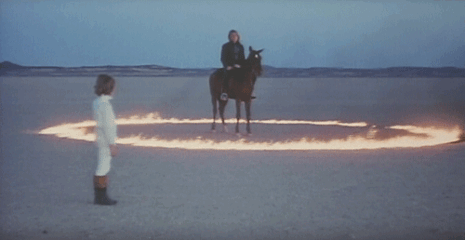
The Inner Scar, or by its French title, La Cicatrice Intérieure, is an obscure art film from 1972 that Nico made in collaboration with her lover, film director Philippe Garrel, who was then considered a sort of cinematic Rimbaud. It was released in 1972. Although Garrel is credited as the director (the film itself has no credits) he has gone on record as saying it was entirely co-authored with Nico. In fact, she wrote all of the dialogue, much of it in two languages—she speaks French, German and English in the film—that Garrel himself couldn’t even understand. The soundtrack is all her music and she is on screen for almost the entire time. (No other film directed by Garrel, either before or since, looks, or is anything even remotely like The Inner Scar.)
The Inner Scar is a truly weird and remarkable film but what strikes me the most about it is the sheer bloody mindedness of it all. The willpower it would have taken to make something like it happen on a low budget. The film, which has only 20 shots for the entire length of it, was shot in some seriously remote locations in Death Valley, Sinai, and Iceland. The tracking shots are LONG and in the days before Steadicam was invented this meant laying dolly track and in this case that meant laying track—and lots of it—in fucking Death Valley where it can get to be 120 degrees! Or on icy, freezing cold tundras. There is one spectacular—and obviously Godard-inspired—tracking shot where the unnamed sheep herder (Garrel) starts walking, and walking, and walking until he eventually arrives right back at his starting place. Imagine how much circular track and how large of an area it would have taken to create that sequence, seen in the below clip. All of the equipment, the crew, the trucks were on the inside of the track. It’s absolutely ingenious. How two junkies organized such a globe-spanning and logistically complex production is a miracle to begin with, but wherever did they score dope in Death Valley?
Much more after the jump…






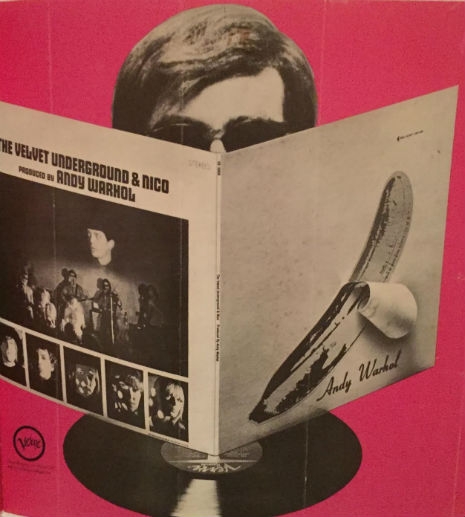


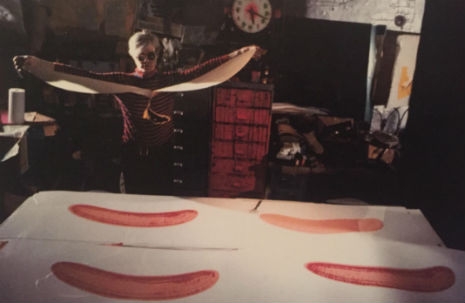


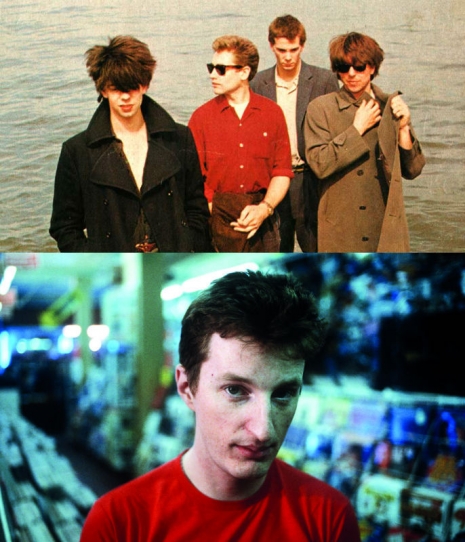


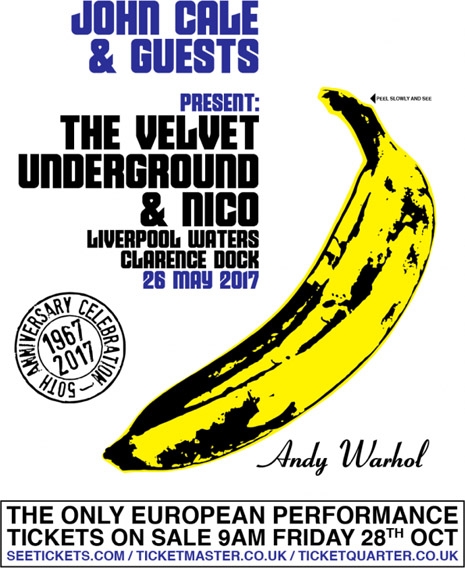

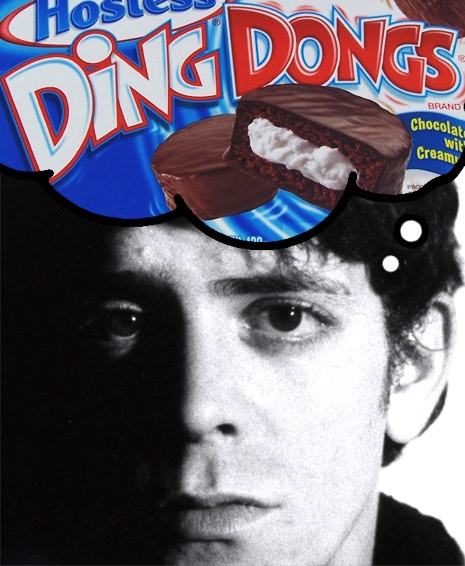
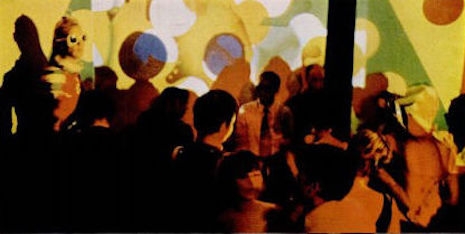

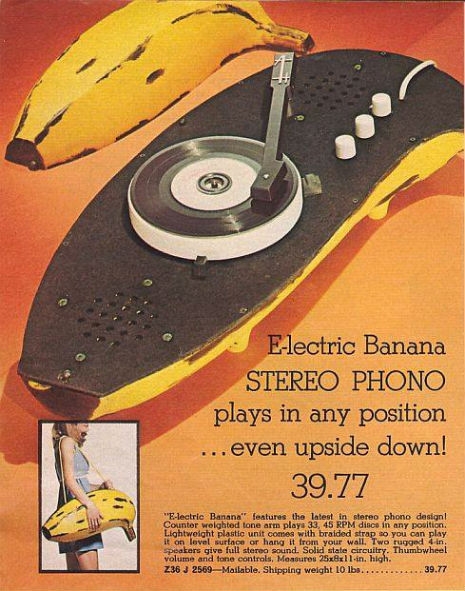
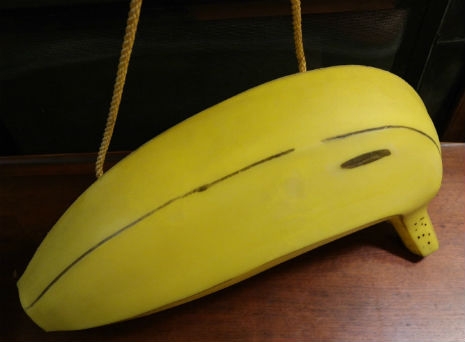


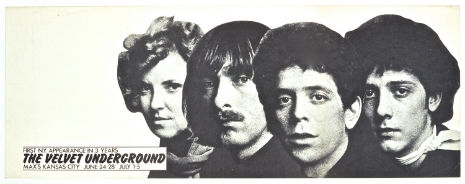
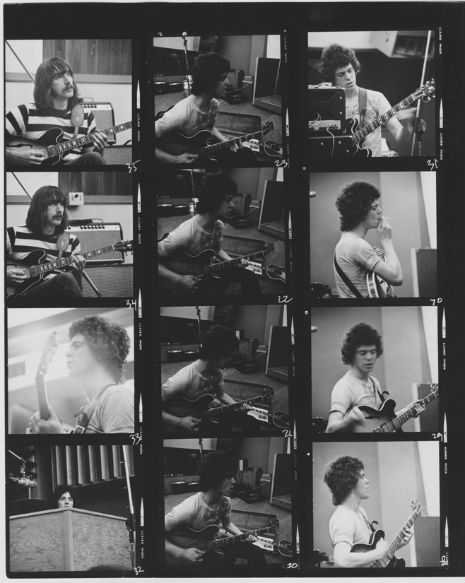
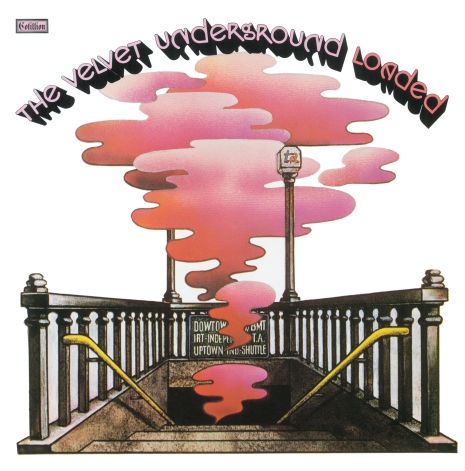
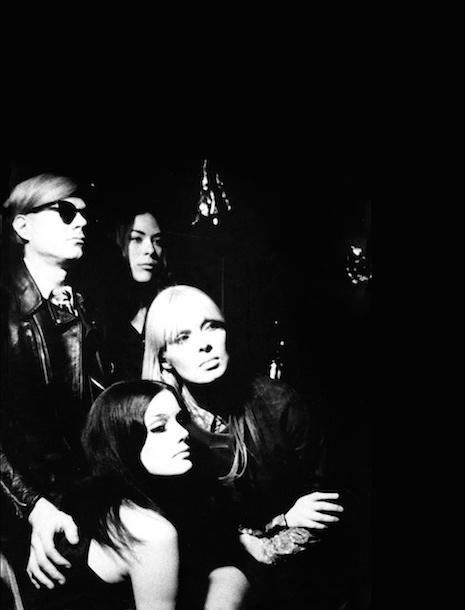
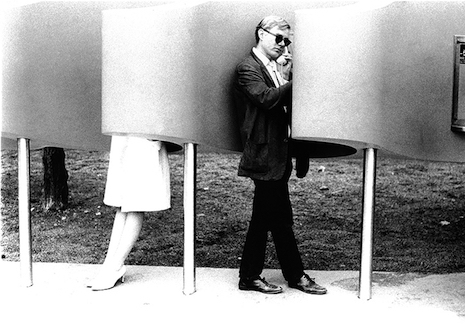
_-1967_465_465_555_int.jpg)
